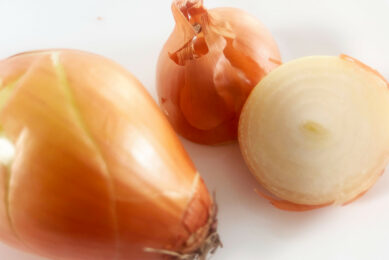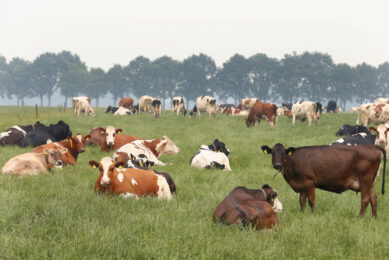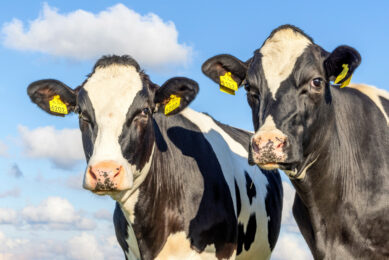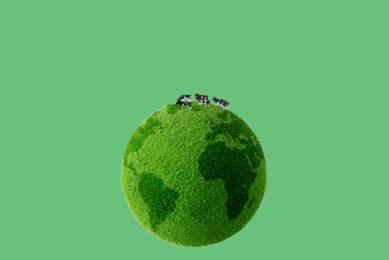The Netherlands: Nitrogen emissions problem worsening
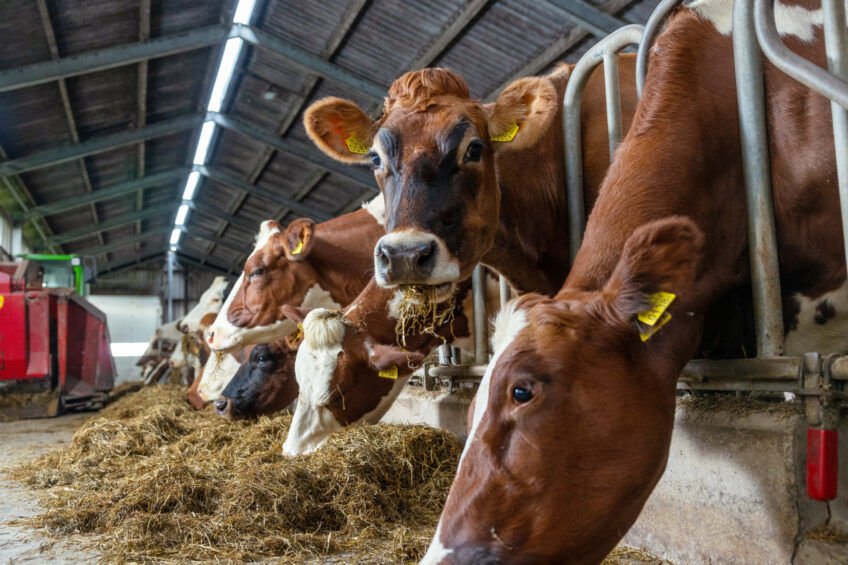
In the ongoing saga where the Netherlands is trying to find a solution for its nitrogen emissions problem, new difficulties appeared on the horizon in late December 2024. For dairy, pig and poultry producers in this major agricultural country, the situation means even more uncertainty.
On 18 December 2024, the national Council of State ruled that more of the existing legislation around nitrogen deposition should be viewed ‘illegal’. The government in the Netherlands is said to have a great deal of worries about the new developments. A new committee will be initiated to take a look at the new situation and come back with advice before the end of 2025.
Nitrogen emissions and EU legislation
Back in 2019, the Netherlands’ Council of State ruled that legislation around nitrogen emissions were at odds with European Union legislation – and hence would be considered illegal. That resulted in all kinds of immediate consequences that were aimed at limiting the emissions of nitrogen levels, like a daytime maximum speed limit on highways, a stop on many kinds of projects within the construction industry – and difficulty to obtain new permits – and also a voluntary regulation for livestock producers to stop business. Many other livestock producers, assuming they had always been complying with existing legislation, suddenly found some of their farming practices ‘illegal’, leading to a great deal of uncertainty.
Biodiversity is what is at stake here. The essence is related to the existence of ‘Natura 2000’ areas – natural areas within the EU appointed by the member states themselves. Under this programme, the countries are legally bound to do everything in their power to protect these areas. The Netherlands has many, relatively small, areas under the Natura 2000 scheme. Should nitrogen emission levels in the direct vicinity turn out to be too high, then this could stimulate the growth of certain plants, whereas others may have difficulties or vanish. A knock-on effect could be that animal species thrive or disappear.
Theory and practice around nitrogen legislation
Since 2019, the Netherlands has now had over 5 years to find new laws and regulations, but practice and theory have proven to be hard to unite. Plans, thoughts or ideas to solve the problems led to massive protests, amongst others from the agricultural community. At the provincial elections in 2023, the newly-formed party Farmer-Citizen-Movement (also known as the BBB) became the biggest in all 12 provinces. Ever since, the party has also joined a right-wing national government, but even this team has struggled to find a solution.
Internal netting – the next problem
What has now become a matter of dispute is the practice of so-called ‘internal netting’, which, in a way, could be seen as a detour to manage to continue building or farming. In case companies or farms already had an environmental permit for their construction or farming activities, but for whatever reason didn’t use that credit, it was allowed for them to use that nitrogen emission credit for other purposes without going through a new permission procedure. The Council of State now ruled that this practice is illegal as well, which requires producers to have had a permit up to 5 years ago.
Boerderij, the leading agricultural title in the Netherlands and sister title to Dairy Global, calculated that at least 460 farms in the provinces of Groningen, Gelderland and Friesland have been applying the practice. They did apply for a nitrogen emission permit to reconstruct or expand existing farm houses, but that was turned down on the grounds that they didn’t need one because ‘internal netting’ could be applied.
The verdict of December 2024 related to plans of animal destruction company Rendac, which wished to build a new installation that will emit nitrogen. The company did already have permits for 2 other installations that were never built. The company assumed they were still following the rules, but the matter was brought to the Council of State.
The paralysis continues
In that sense, the situation looks very much like 2019. At the first Council of State verdict, a similar situation occurred when suddenly farmers found their practices ‘illegal’. For that situation, until today, no adequate solution has been found.
If that weren’t enough, on Wednesday (22 January), in the nitrogen case that Greenpeace had filed against the State, judges at the court in The Hague ruled that Dutch government must take more measures to limit the deposition of nitrogen on nature.
And it is not only the Netherlands that is struggling with nitrogen emissions. In recent years, the matter also led to protests in Flanders (the northern part of Belgium) as well as in Denmark. Each country chose its own path of solutions.
Join 13,000+ subscribers
Subscribe to our newsletter to stay updated about all the need-to-know content in the dairy sector, two times a week.



